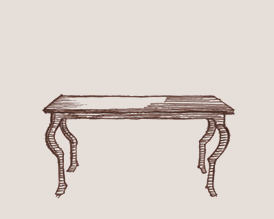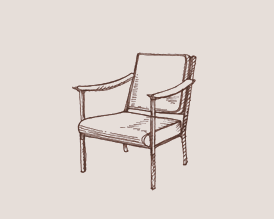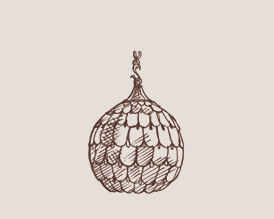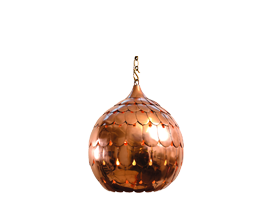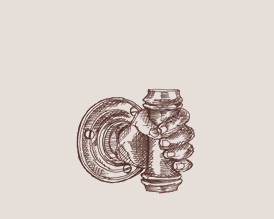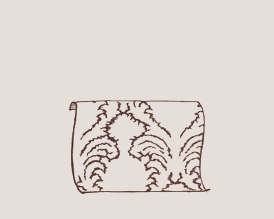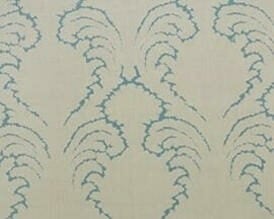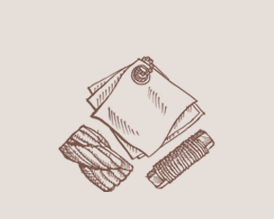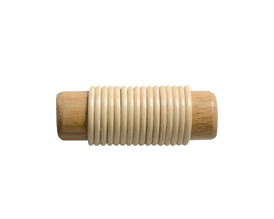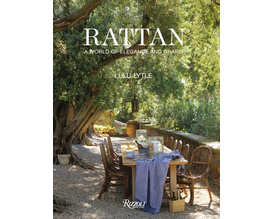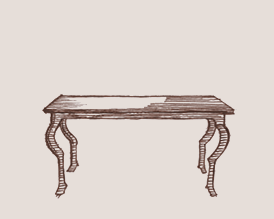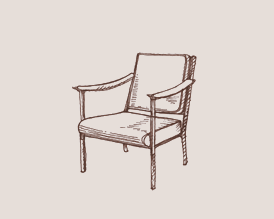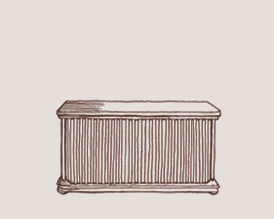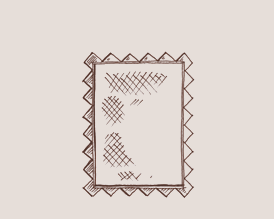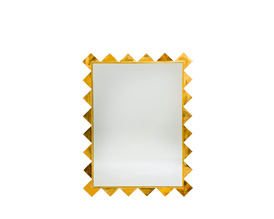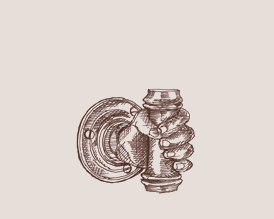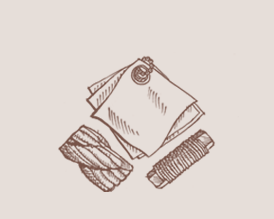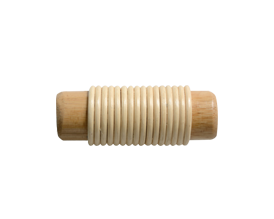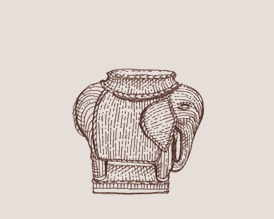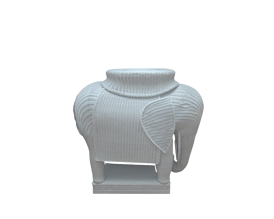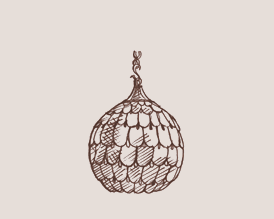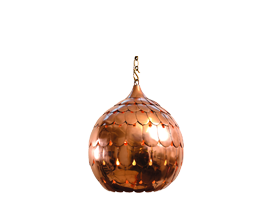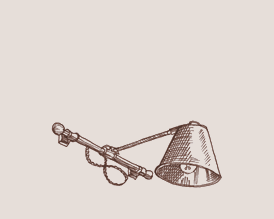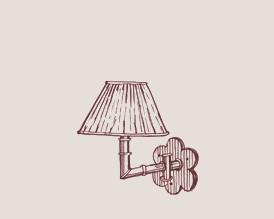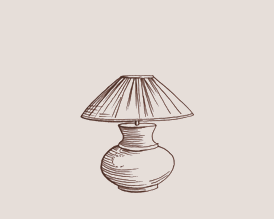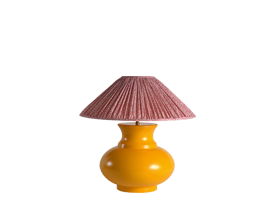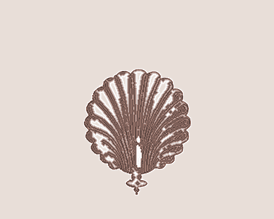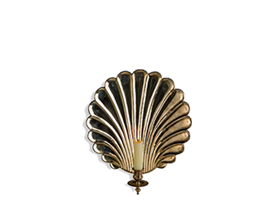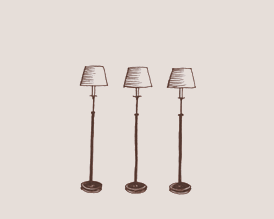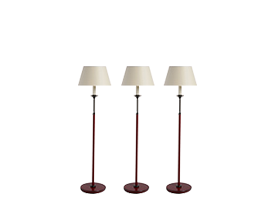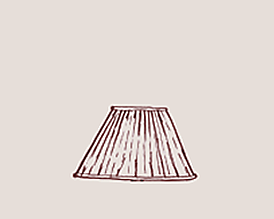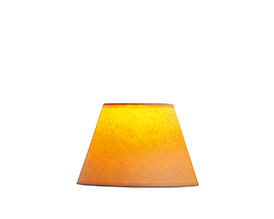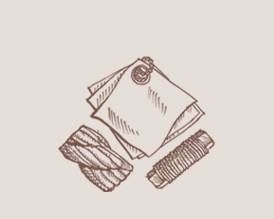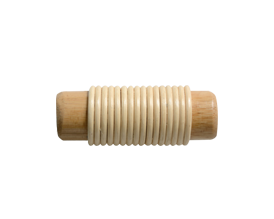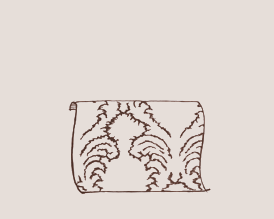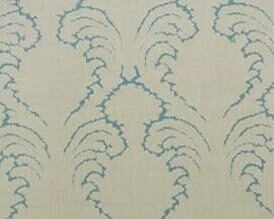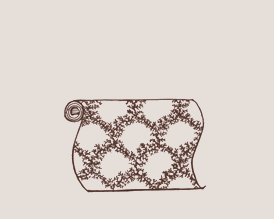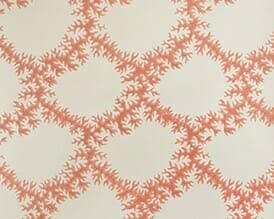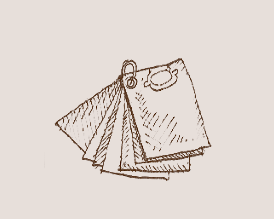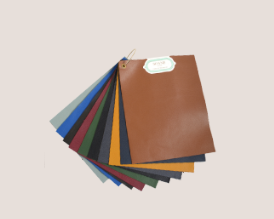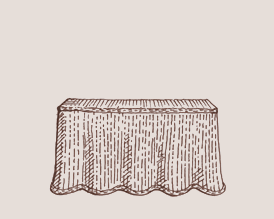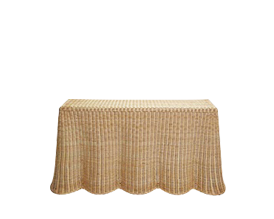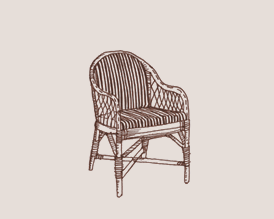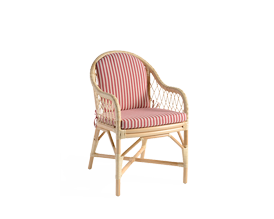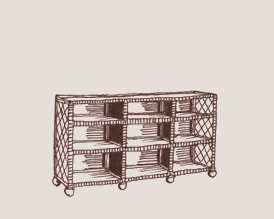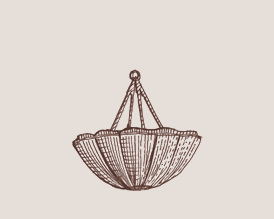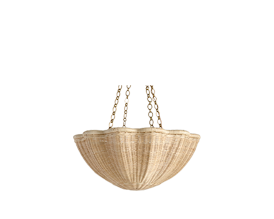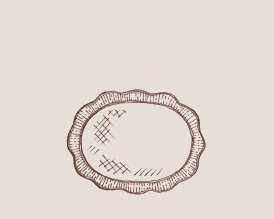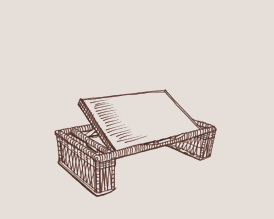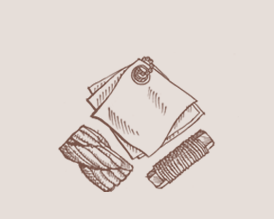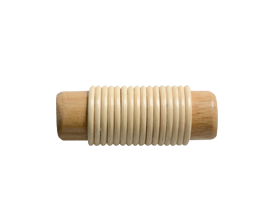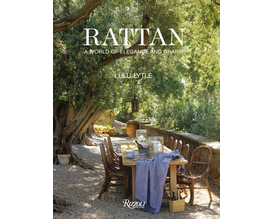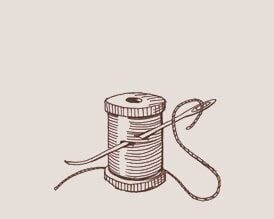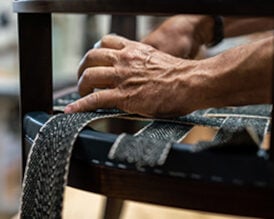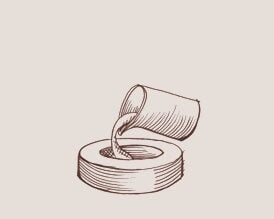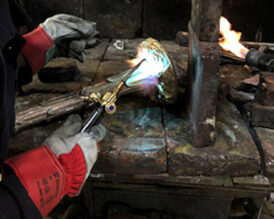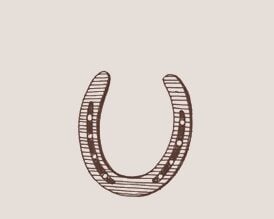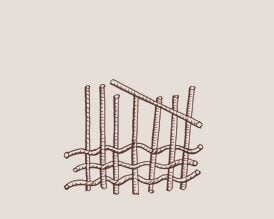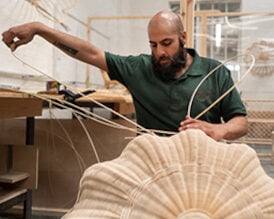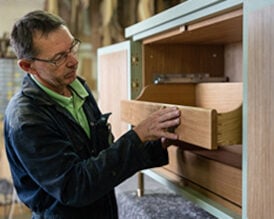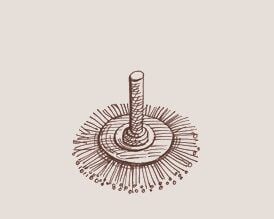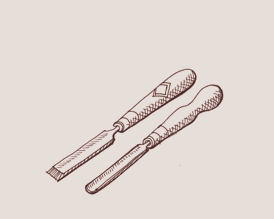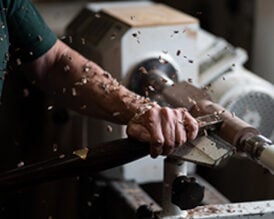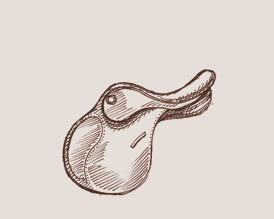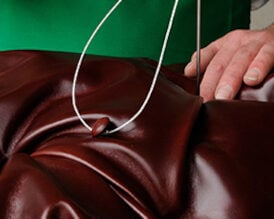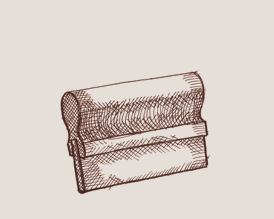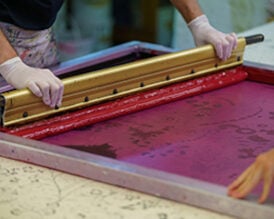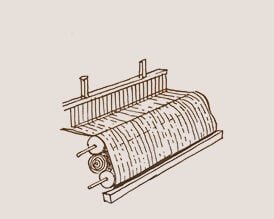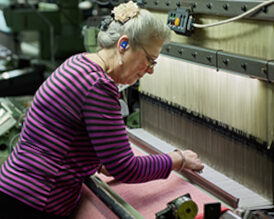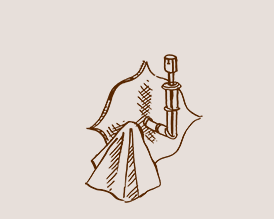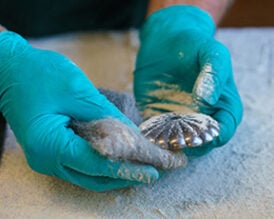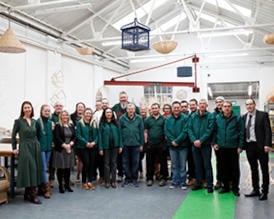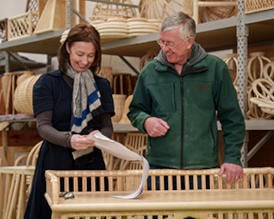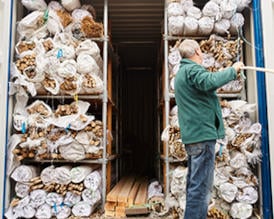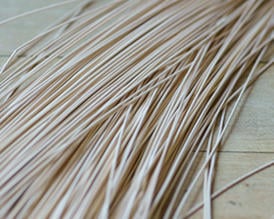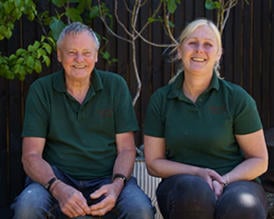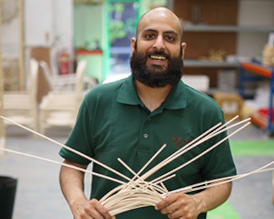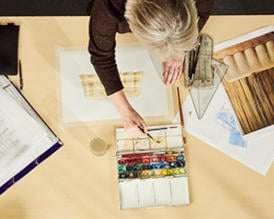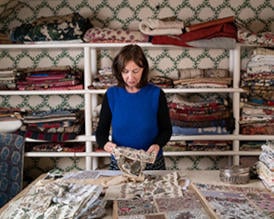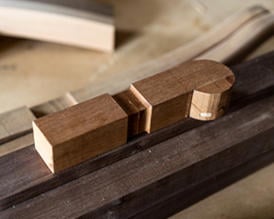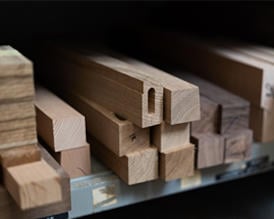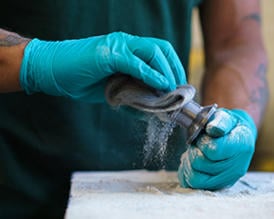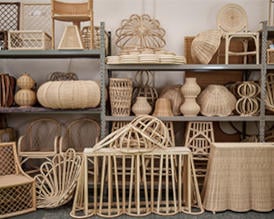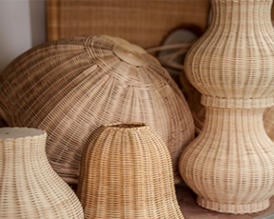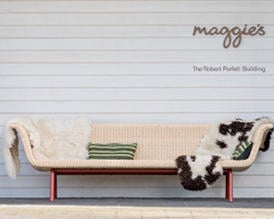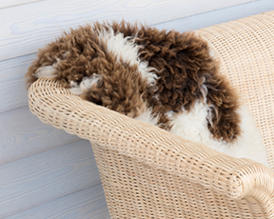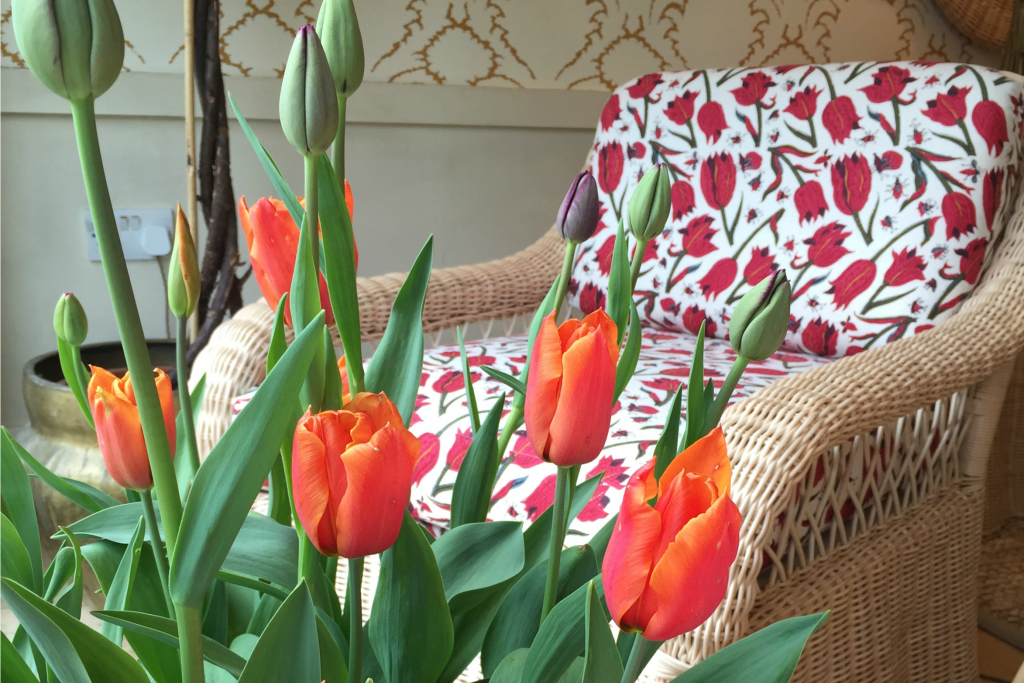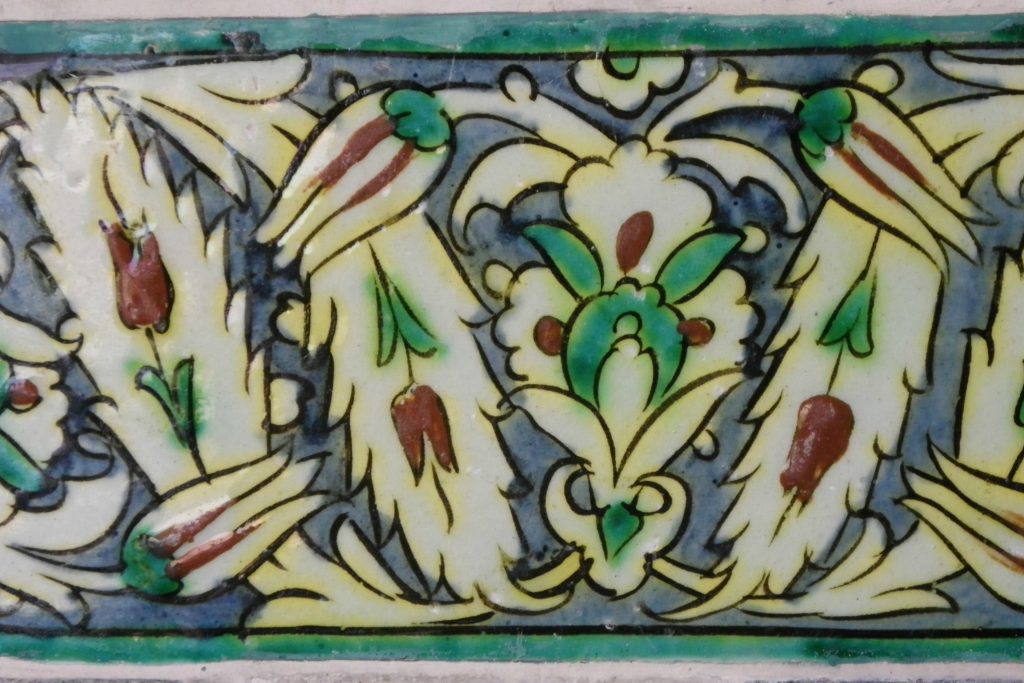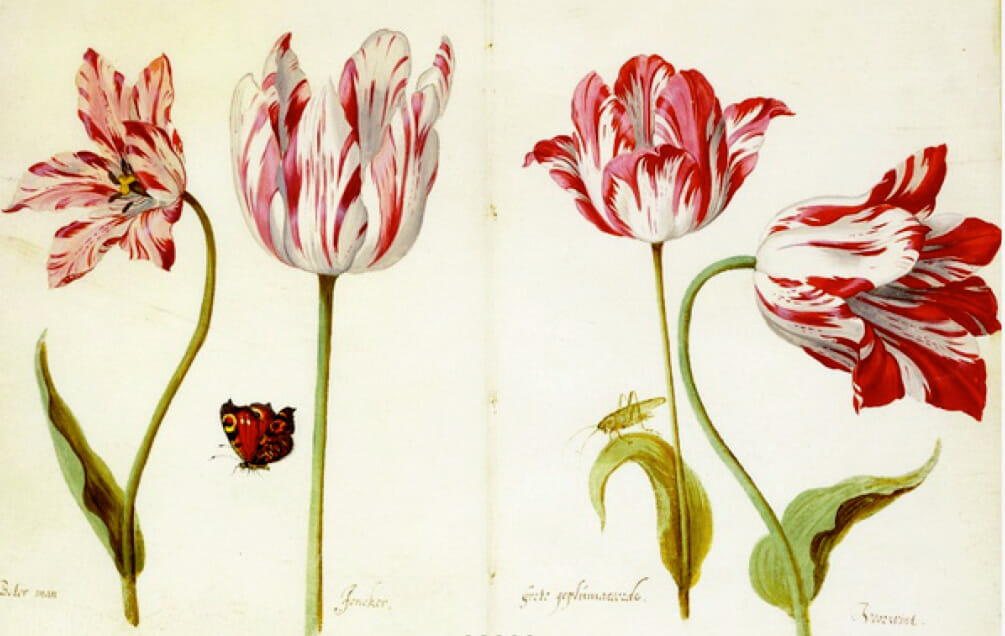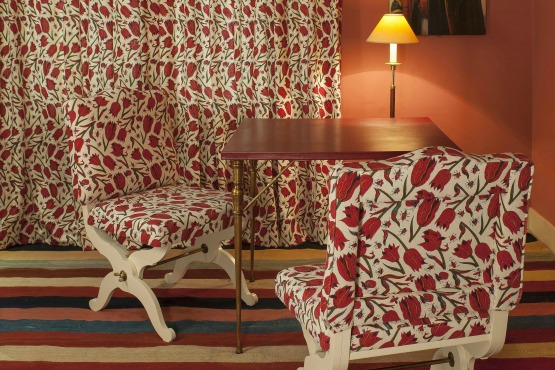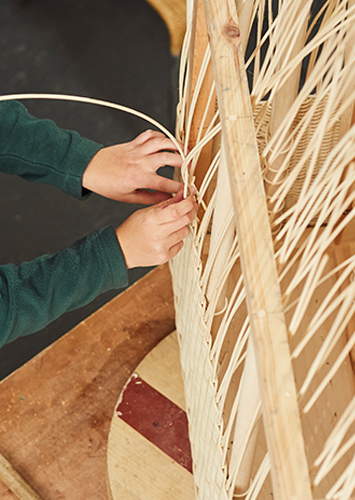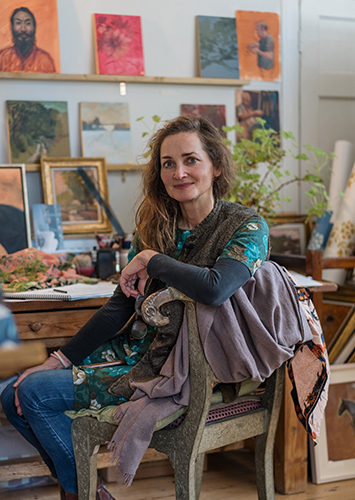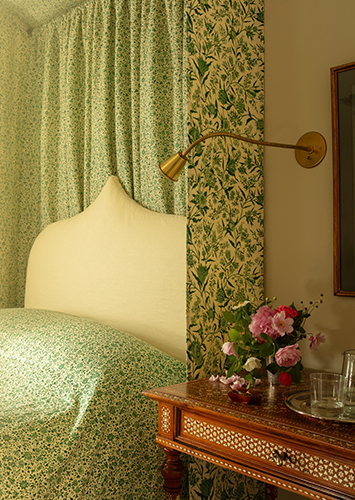The first delivery of British grown tulips to our Pimlico Road showroom always lifts the spirits, especially this year coinciding with the exciting launch of Soane’s ‘Tulips and Butterflies’ fabric. Talented flower growers, The Land Gardeners, have delighted us with all manner of tulips from classic reds displayed en masse to the flamboyant frilled parrot heads that nestle in small vessels brightening all of our desks.
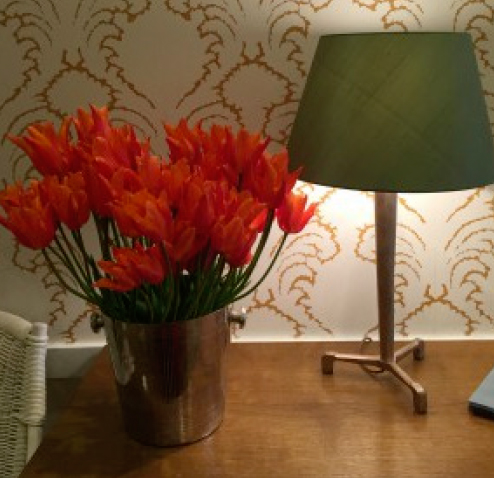
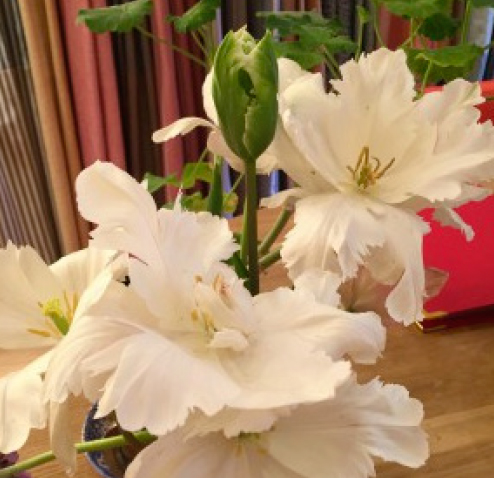
Anna Pavord’s well-known book, ‘The Tulip’ takes the reader on a wonderful journey through an entire history of the flower, but for Lulu the tales of tulips in the Ottoman Empire particularly intrigue. From its humble origins, growing wild in the mountain ranges of Central Asia, the tulip came to be greatly revered in the palaces of Istanbul. Starting in the sixteenth century, tulips emerged as a constant theme, whether cultivated in gardens or represented as a motif carved in stone, painted on tiles or embroidered on royal robes. A sense of the Turks’ near obsession with the flower is revealed at the Topkapi Palace, where today visitors marvel at wall to wall Iznik tiles with a profusion of tulip motifs.
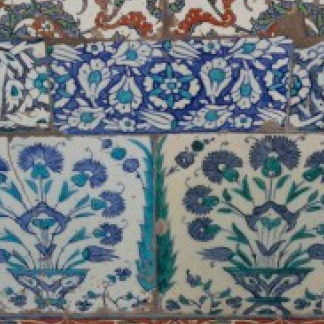
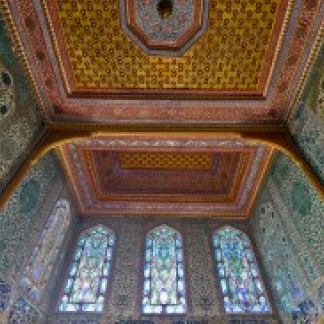
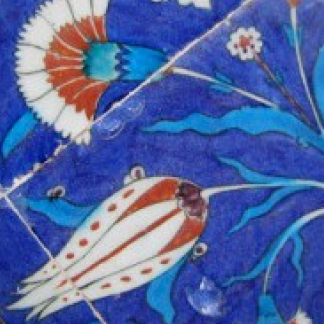
The Topkapi Palace was built during a settled period under the reign of Sultan Mehmed II (1451-1481) who planned pleasure gardens at the palace and in the city’s courtyards with water channels, pavilions bound by rows of poplars and beds filled with colourful, scented flowers. A staff of 920 gardeners maintained Mehmed’s gardens and a surplus of flowers supplied flower markets in the city. The French botanist Pierre Belon who travelled in the region in the 1540s, wrote that there were, “no people who delight more to ornament themselves with beautiful flowers, nor who praise them more than the Turks.”
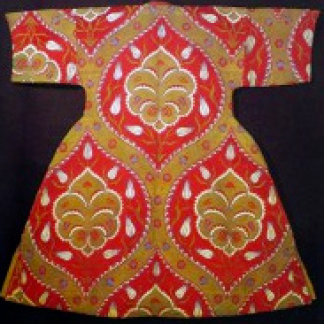
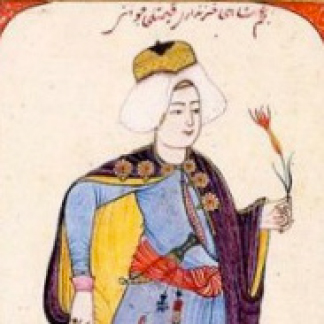
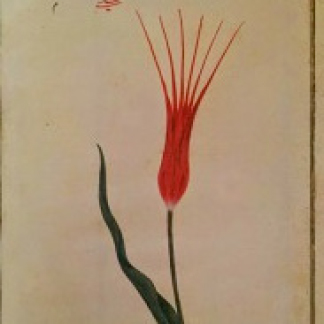
The passion for tulips peaked during the reign of Sultan Ahmed III from 1703-1730, a period referred to by historians as the ‘Lale Devri’ – The Tulip Era. The Sultan was enraptured by the flower and many varieties filled the imperial gardens, both those grown locally and species cultivated in the west. The trade route that had introduced the tulip bulb to Europe, now brought new varieties from Holland by return. Tulip bulb traders proliferated and by the end of Ahmed’s reign there were over 2000 named species. The particular shape of tulip favoured by the Turks was dagger-like with petals tapering to needle points – quite different from the western preference for a rounded flowerhead. A book recording species (The Habit of Flowers, Seyh Mehmed Lezari, 1703), noted that, “If the tulip has not these petal characteristics it is a cheap flower. The tulip with the needle end is the better of the two; if it has both the dagger shape and the needle point, it is priceless”.
Standards were exacting: tulips must be slim, tall and stand erect without bowing their heads; leaves must be long but not hide the bloom; the six petals must be strong but smooth and of the same size and length; colours should be pure and clear and white was the only acceptable ground colour for variegated species. Double flowers were unacceptable. Those deemed worthy were registered with names that reveal the Turks’ romantic, almost mystical, relationship with the tulip: names such as, ‘Those That Burn The Heart’, ‘Delicate Coquette’, ‘Beloved’s Face’ and ‘One That Confuses Reason’.
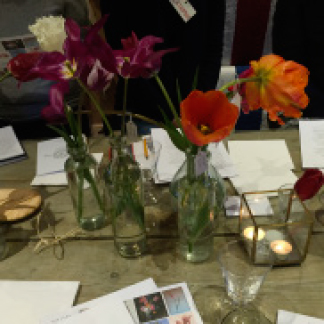
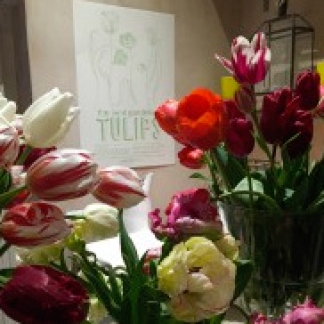
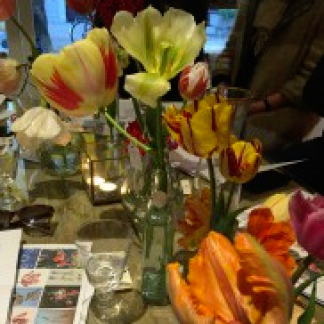
When tulips were in bloom, the royal court would celebrate with nightly festivities in the gardens. Anna Pavord’s book gives a highly evocative account of such an evening at the Ciragan gardens:
“Music filled the grounds where the Sultan’s five wives took the air. One of the courtyards of the Grand Seraglio was turned into an open-air theatre; thousands of tulip flowers were mounted on pyramids and towers, with lanterns and cages of singing birds hung between them. Tulips filled the flowerbeds, each variety marked with a label of filigree silver. At the signal from a cannon, the doors of the harem were opened and the Sultan’s mistresses were led out into the garden by eunuchs carrying torches. Guests had to dress in clothes that matched the tuilps (and avoid setting themselves on fire by brushing against candles carried on the backs of hundreds of tortoises that ambled the grounds)”.
We recently attended a Land Gardeners’ Tulip Masterclass where this extract was read aloud, the intimate group of students listening while reflecting on the single stems of all colours and shapes of species adorning the table before them. There were many sighs of delight. Such images of tulips as part of a sultry, exotic scene lend the flower we often regard as a spring staple a much more intriguing and sensual aura.
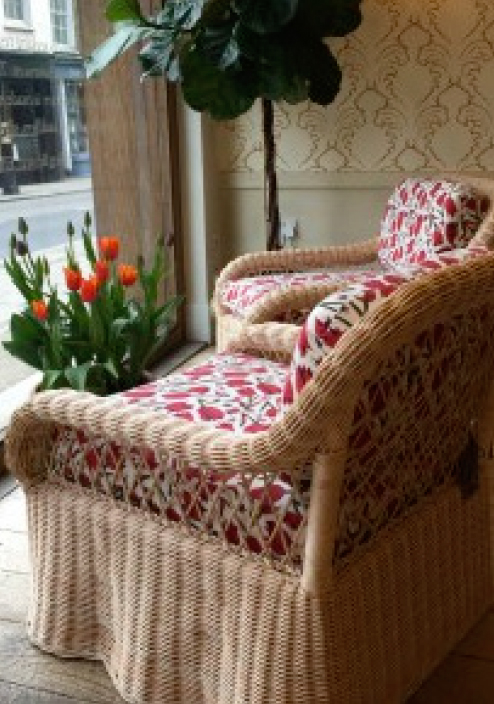
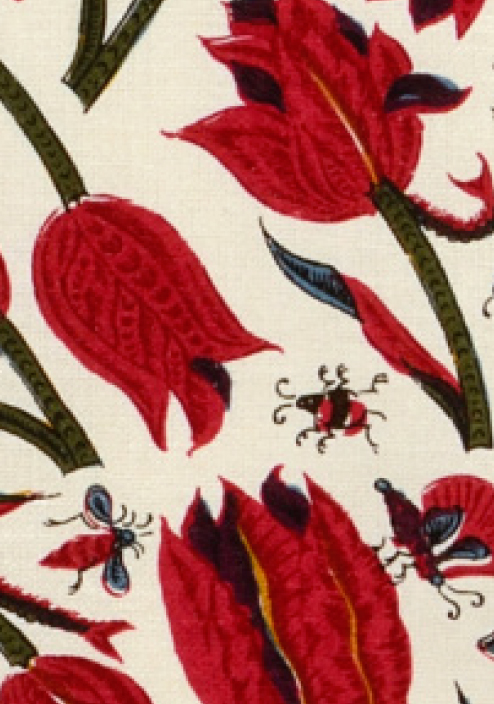
Soane’s Tulips and Butterflies fabric definitely tends towards the exotic with its abundance of scattered tulips in deep reds with purplebases. The design is based on a fabric fragment – believed to have been printed on the Coromandel Coast in the early eighteenth century – belonging to antique textile collector, Karun Thakar. Lulu immediately adored the exuberance of the tulips, but also the characterful plump insects that added great charm to the fabric. She reworked the design to create a five colour print that introduces one of her favourite flowers into Soane Britain’s botanical print collection. Currently covering the cushions of two Lily Armchairs in the showroom window, Tulips and Butterflies is a joyful summer fabric, but come winter we’ll be enjoying it indoors too, summoning thoughts of those heavenly candlelit, scented evenings at Sultan Ahmed’s palaces.
See Soane Britain’s new Pinterest board, ‘Exotic Tulips’ here.
To celebrate Chelsea Flower Show and Her Majesty The Queen’s 90thbirthday, we will be joining the ‘Belgravia In Bloom’ event – do take a stroll along Pimlico Road to enjoy the shops adorned with flowers.
Rotating top gallery: Lily Armchairs with cushions in ‘Tulips and Butterflies‘ in the window at the Soane Britain showroom; Detail of tile at the Topkapi Palace, courtesy of Marcus Deretten, Flickr; Botanical illustration of ‘Semper Augustus’ tulips, 1700s; ‘Tulips and Butterflies‘ fabric shown here on Alexis Chairs with The Card Table and The Weymouth Floor Light, all by Soane Britain.
View our ‘Exotic Tulips’ Pinterest board

